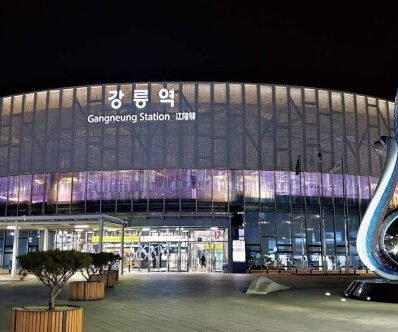Korea is well known for being a haven for delicious food. With its huge plethora of food comes with a wide range of prices. As much as you can find expensive, Michelin-starred restaurants, with a bit of hard work, you can still find relatively affordable restaurants that serve up good quality food.
As Korea continues to become more and more developed, it is inevitable that the price of food continues to increase as well. Many foreign students are usually on a tight budget in Korea with accommodation, so I was always looking for cheap places to get good food. Of course, you get what you pay for so don’t expect Michelin quality food for what I’m about to introduce you to. For people who wish to save a little bit of dough in the long run, here are some tips from a person who has gone through university as well working life in Korea.
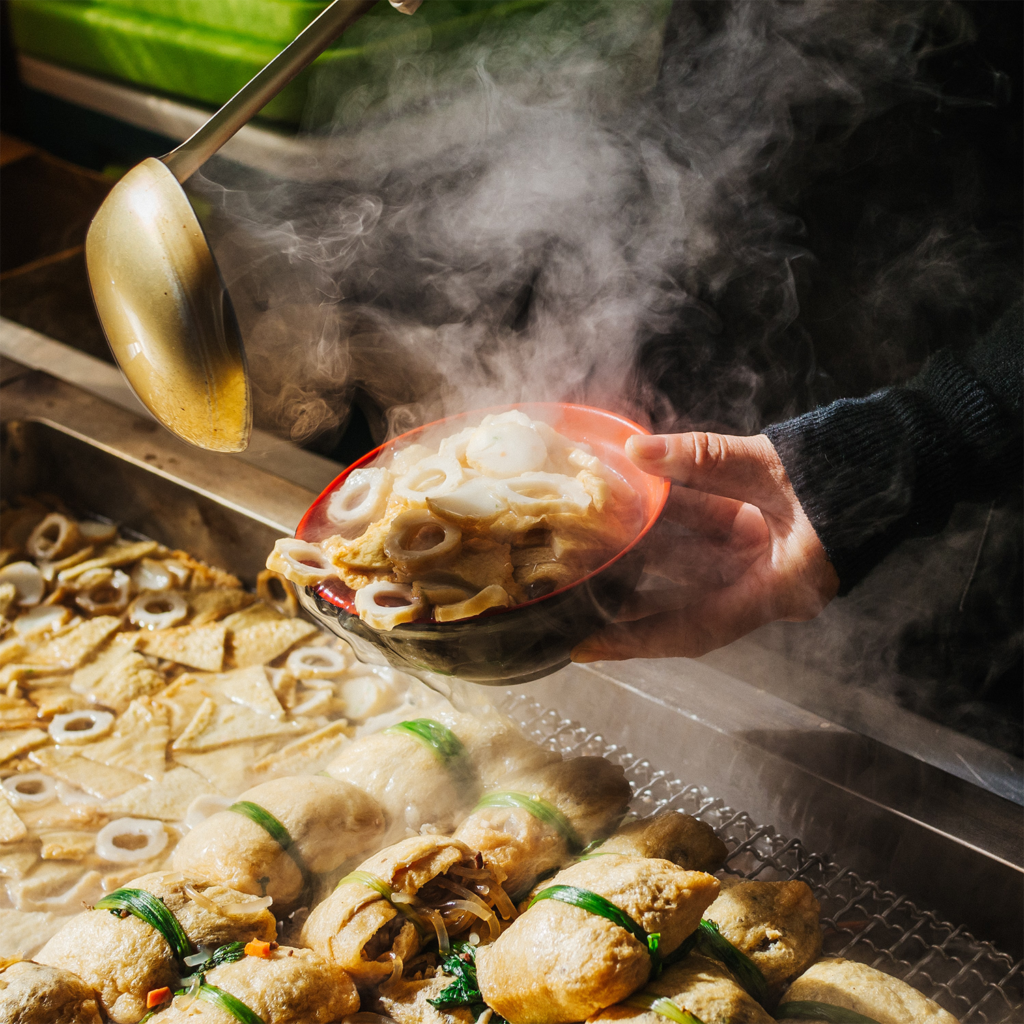
1. Have your Meals in/near University Areas
In many university areas, the franchises, restaurants, food, in general, are known to be on the inexpensive side. Living near school areas and having your meals in those areas could be helpful to your wallet as well. A general meal in school areas would cost less than 10,000 KRW per meal, with even lower prices available should you choose to search for them.
Low-cost Quick-eats Restaurants
There are some places in Korea that are good for quick and filling meals for a low cost. They range from lunch boxes to simple rice burgers, Korean cuisine, and even pizzas. As an Asian, my main staple is rice, and I enjoy any type of food that comes with rice. One of these low-cost places that I frequent is Bongeusse Bapburger.

Essentially, it’s a meal that consists of rice and various ingredients and dishes ranging from chicken, beef, pork, fish, eggs, depending on your preference and your order. These come in a yellow wrapping and have the ingredients tightly secured in rice, hence the name. They’re especially inexpensive and are very filling. When I first came to Korea back in 2014, the basic one consisting of tuna mayonnaise and kimchi only cost 2,200 KRW. Currently, in 2022 it costs 3,400 KRW.
There is also a place called Hansot, which serves lunchbox-type meals for low prices. It’s great for takeaway or even a quick bite at an extremely affordable price. Pizza School also serves quick pizza at inexpensive prices. Of course, these meals should not be held to a high standard, as they’re just ways to have a quick and easy meal while saving a buck.
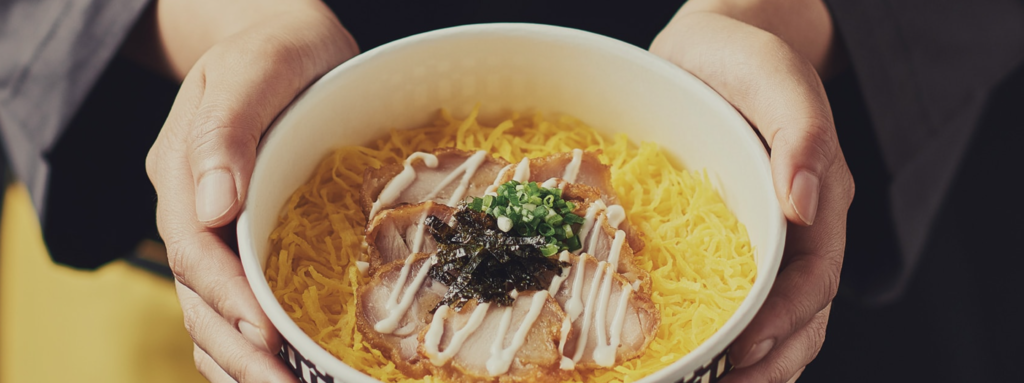
Korean chain flour-based specialty restaurants (분식점) such as Kimbap Cheonguk (김밥천국) or Kimbap Nara (김밥나라) are places where you can get relatively inexpensive Korean cuisine such as Kimbaps, Ramyeon, soup-based food, and the likes. These are also quick and cost lesser than your average meal in a Korean restaurant.
Social Enterprise Restaurants
Certain restaurants in Korea are known to be social enterprises by large companies or well-to-do restaurants that open smaller restaurants serving up well-portioned meals for crazily cheap prices. These prices are usually just enough to cover the cost of running the place and are more of a social favor to those in need of a cheap meal.
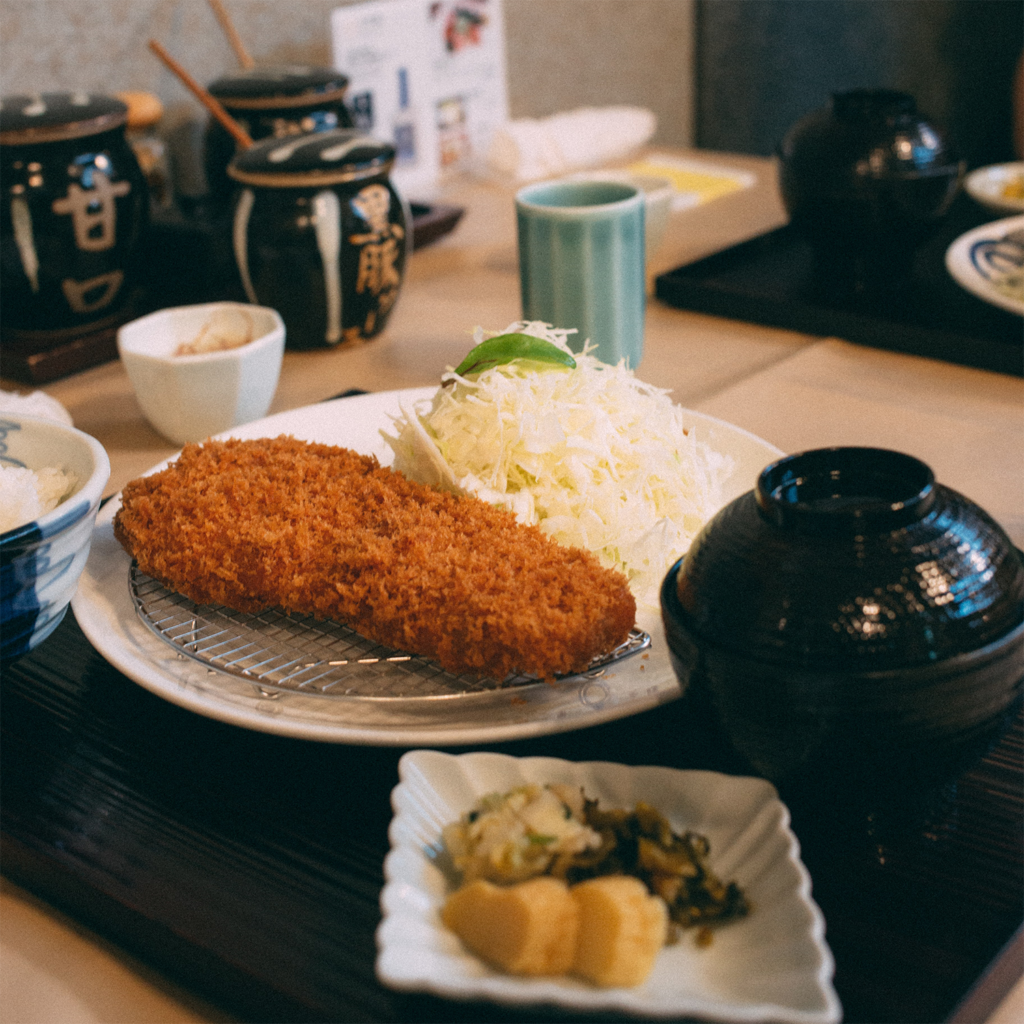
There is a small street in Sinchon, behind Hyeongje Galbi, with 2 to 3 shops that are run by the restaurant and they provide various cuisines that affordable prices. For example, the Donkatsu (pork cutlet) restaurant ‘Cochon Donkatsu‘ has a starting price of 3,000 KRW for its standard meal and the quality/quantity of it is excellent compared to the price you pay. When I used to frequent this place, every single time I ate there, every single bite had me wondering ‘how is this just 3,000 KRW?’
On the other hand, they do not accept cards so you have to pay in cash. Next to this place, there is also another shop called ‘Byul Dang Kimchijjim‘ selling Braised Kimchi Stew (김치찜) for 5,000 KRW. A rich, thick, hot kimchi stew with slabs of pork belly and a bowl of steaming hot rice for only 5,000 KRW?! There are many such places similar to these restaurants around Korea, especially in Seoul, and some of them are located in either school areas or areas where many elderly live in.
2. Cook your Meals at Home
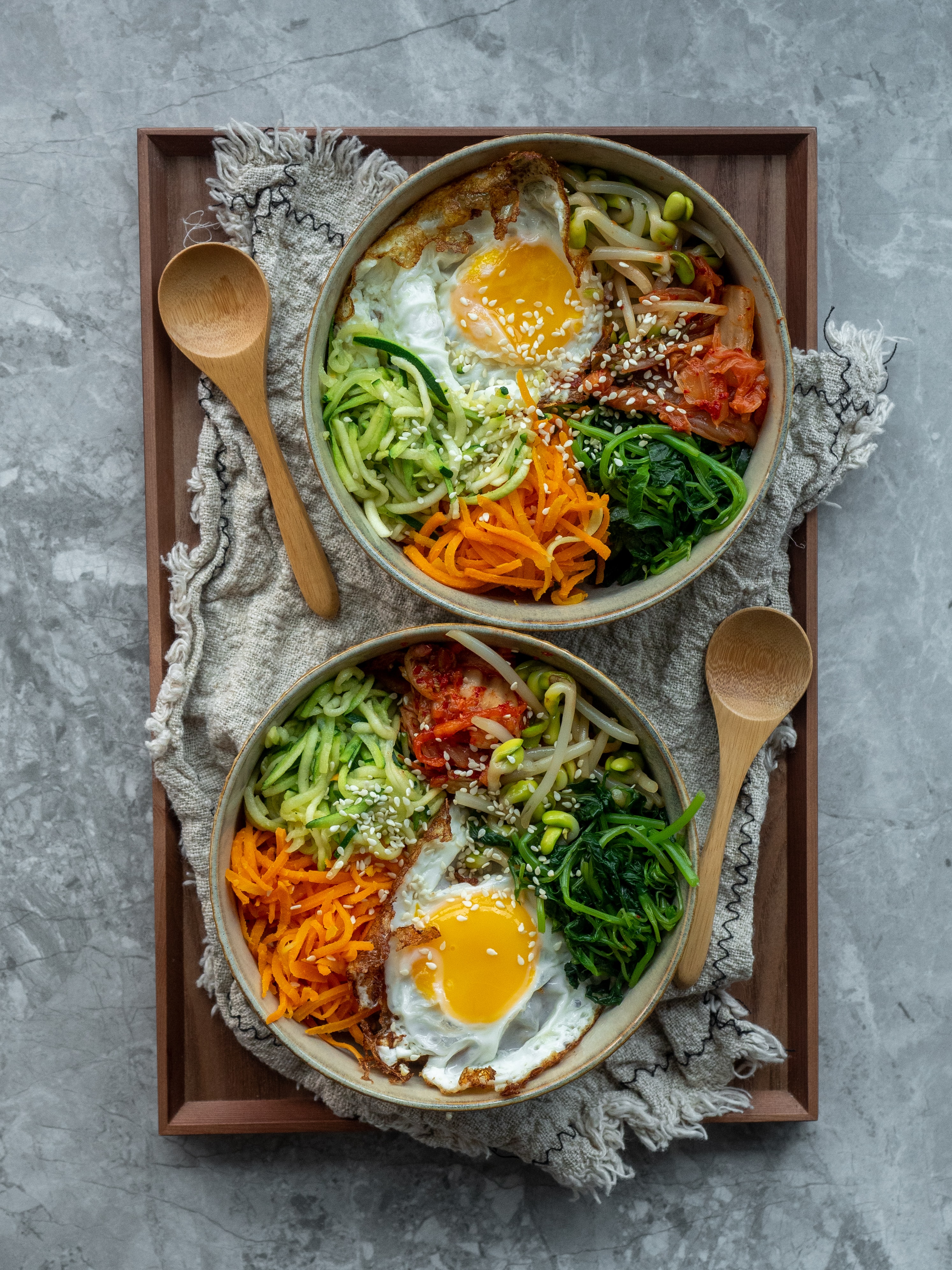
The second alternative is to cook your meals at home. Most homes, even one-room studios should have a proper working stove/induction cooker. In a country like Korea, cooking your own meals at home will end up being cheaper than eating out. Purchase ingredients from traditional local markets instead of supermarkets for cheaper and fresher produce in smaller amounts to reduce wastage.
Follow recipes and cook
You may also cook your food in larger batches as meal preparations to spread out and lower the cost per meal. Cooking at home also allows you to control the number of condiments and preservatives you add into your food for the sake of better health.
Larger supermarkets, like Costco, have more sales for cheaper prices if you purchase in larger bulk. However do take note that for the protection of smaller businesses, large supermarkets in Korea usually are closed on the 2nd and 4th Sundays of the month.
With recipes being so widespread now thanks to the internet and ingredients so readily available, one can prepare something that can be had in a restaurant at a much lesser cost. Of course, it may require more effort in preparation, but in the long run, you will be able to feel the difference in expenditure as compared to dining out frequently.
Eat at home, Korean-style!
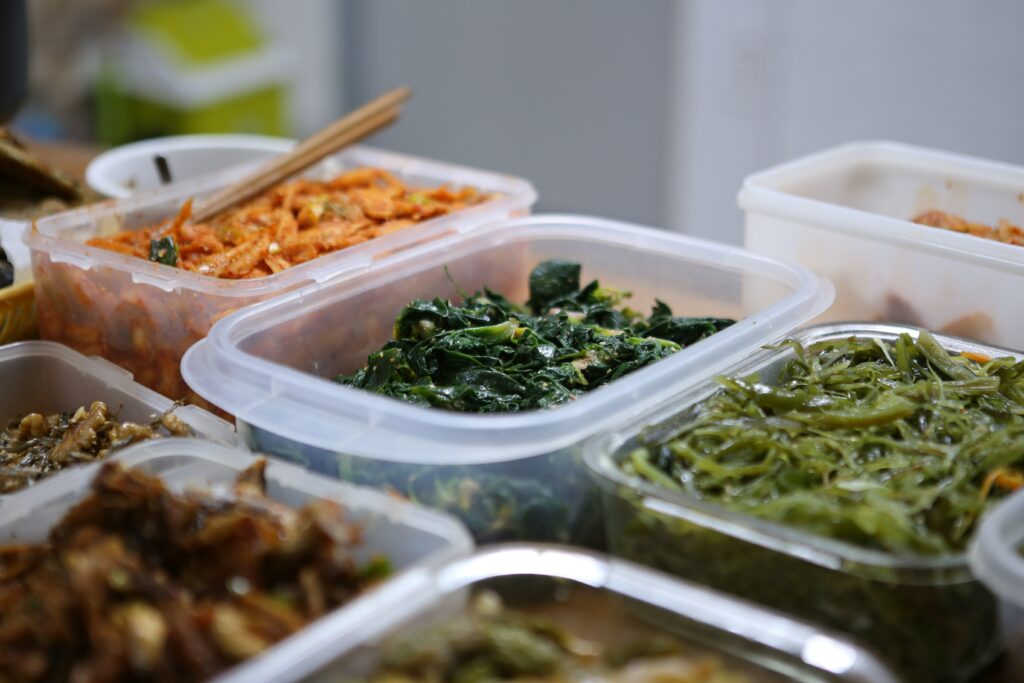
If you’re a big fan of Korean-style side dishes, or banchan (반찬), eating at home is the best and cheapest option. In the past, you could only get good quality side dishes made by Koreans who have lived in rural areas, but nowadays you can purchase them from large markets to keep in your refrigerators over a long time. Korea also has easy microwaveable rice and seaweed laver.
Just a bowl of microwaveable rice, a fried egg, some side dishes, and a pack of Korean seaweed laver will make for an extremely affordable, delicious, and simple meal! These side dishes can be kept for up to a few months in the refrigerator and eaten (remember to use clean silverware to get the food out when you wish to eat) whenever you wish to.
3. Avoid Upscale Restaurants
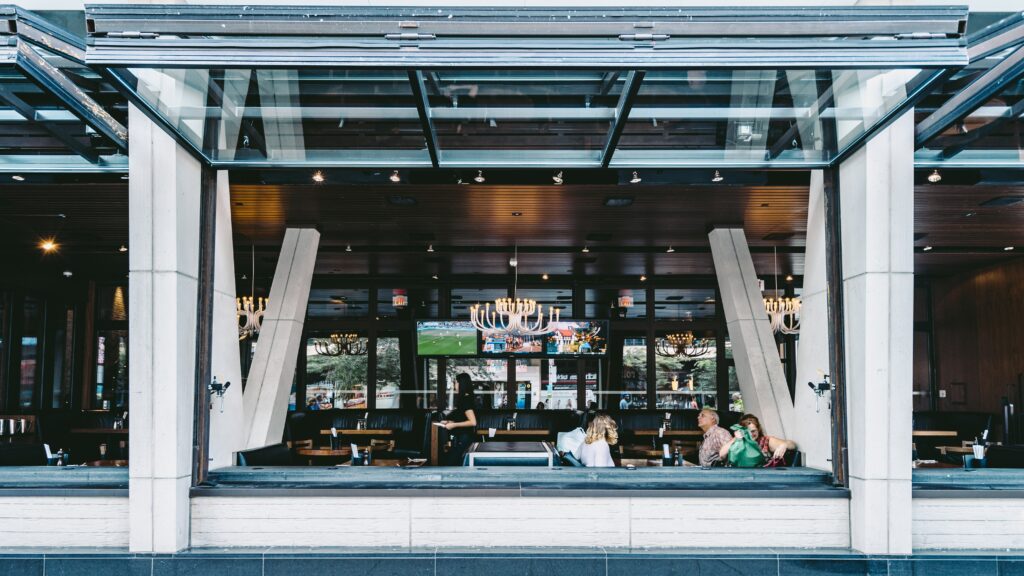
In any case, when dining out, avoid restaurants in upscale neighborhoods that serve exotic or foreign food. These places are usually more expensive as ingredients have to be sourced from overseas. If you enjoy dining in restaurants and treating yourself to expensive food, limit it to a reward once in a while. The difference in prices of food between a regular restaurant and a fancy one could be well into double or triple the price.
Korean Buffets
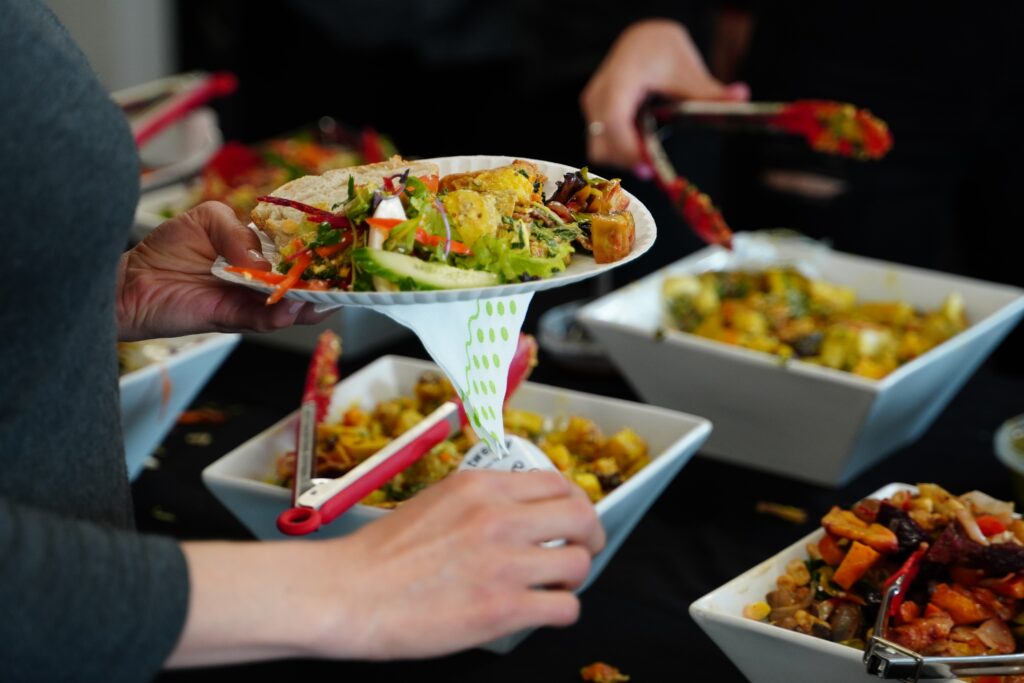
When you hear the word buffet, it might probably sound expensive. However, in Korea, buffets are a way to eat inexpensively as well. Many locations prepare large amounts of food for people (usually students or working adults) near school areas or in business districts.
For a varying range of prices between 5,000 KRW to 10,000 KRW depending on the area, you can have unlimited amounts of rice, side dishes and main dishes. They usually come with roughly 3-4 side dishes, one main meat dish, rice, and soup. You may take as much as you want, but be sure to take what you can finish to prevent food wastage.
A large portion of the price of food in restaurants is contributed by the area in which the restaurant is located. Opt for similar food in a popular restaurant district rather than one located in secluded and expensive residential areas means that prices will be competitive and relatively accessible to the general public. A few of the larger expenditures for people living in Korea are mostly on food, cafes, and travel. By budgeting and planning your expenditures on food, one can definitely start to eat cheap in Korea easily!



